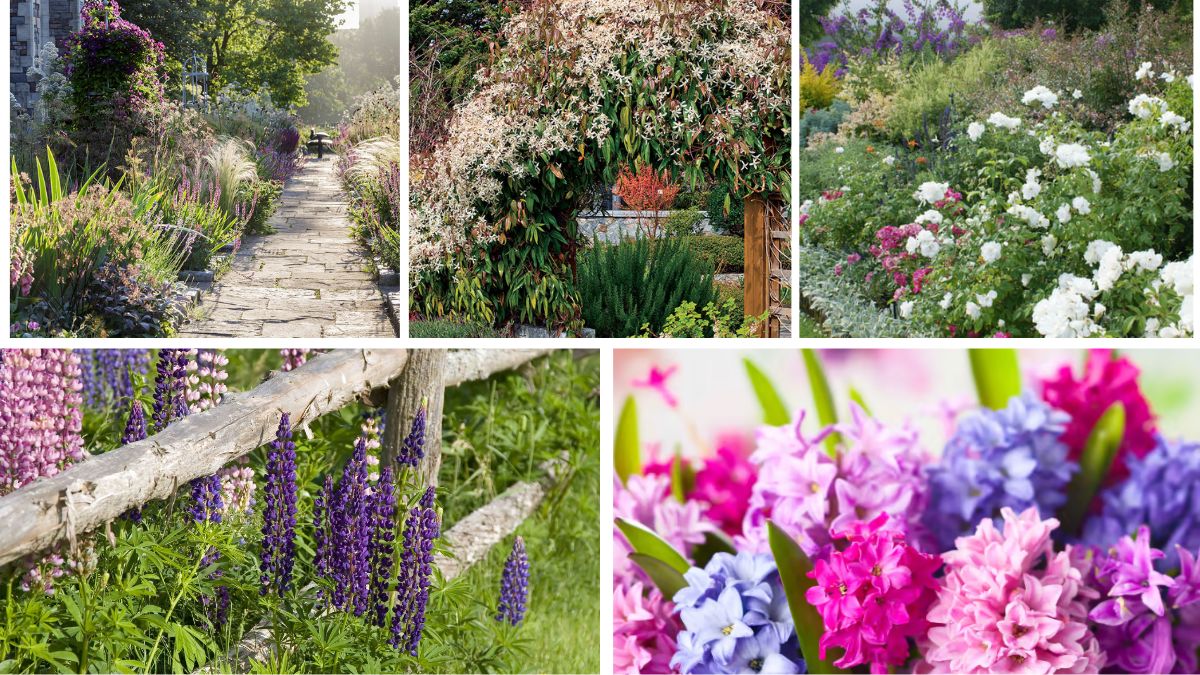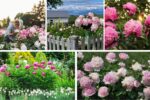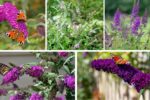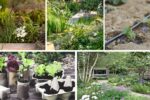There’s nothing quite as soothing as stepping into a garden filled with fragrant herbs. The aroma of fresh basil, rosemary, mint, and lavender can uplift your mood, stimulate your senses, and even improve your overall well-being. A scented herb garden isn’t just beautiful—it’s functional. It provides fresh ingredients for cooking, teas, and natural remedies while creating a fragrant retreat right in your backyard or balcony.
If you’ve ever dreamed of cultivating a garden that smells as delightful as it looks, here’s a comprehensive guide on how to create a scented garden full of fragrant herbs.
Why Grow a Scented Herb Garden?
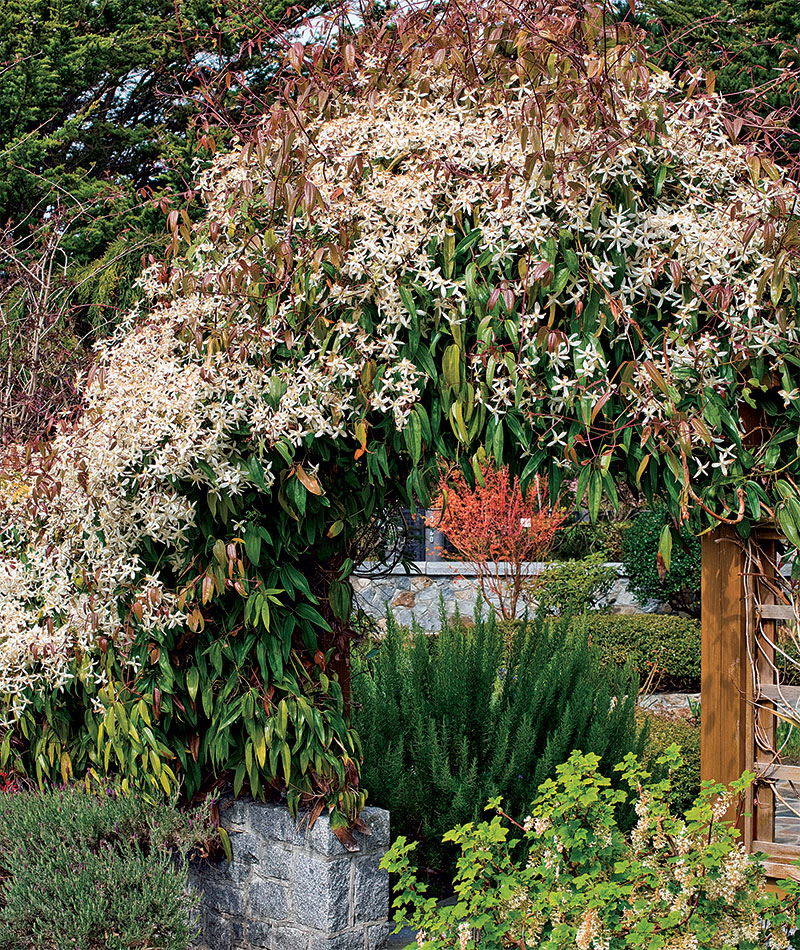
Scented herbs offer multiple benefits:
- Aromatherapy at Home: Fragrant herbs like lavender, lemon balm, and thyme release essential oils that reduce stress and promote relaxation.
- Culinary Delight: Fresh herbs enhance the flavor of your meals far more than dried alternatives.
- Natural Pest Control: Some herbs, such as basil and mint, repel unwanted insects naturally.
- Attractive Landscaping: Aromatic herbs attract pollinators like bees and butterflies, supporting a healthy garden ecosystem.
With a little planning, you can create a garden that looks, smells, and tastes incredible.
Choosing the Right Location
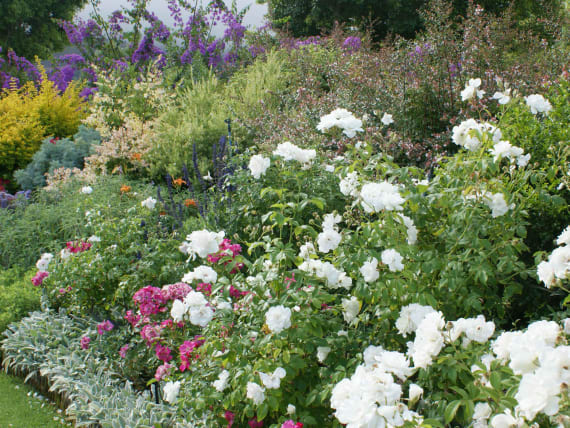
The success of your scented herb garden depends largely on location. Most herbs thrive in full sun (6–8 hours daily) and well-drained soil. Consider the following:
- Backyard Garden: Plant herbs in raised beds or designated garden patches.
- Patio or Balcony: Use containers and pots; ensure adequate sunlight exposure.
- Indoor Spaces: Herbs like basil, mint, and parsley can grow in pots near sunny windows.
Proximity to your home is also important—placing fragrant herbs near seating areas or walkways allows you to enjoy their aroma regularly.
Selecting Fragrant Herbs
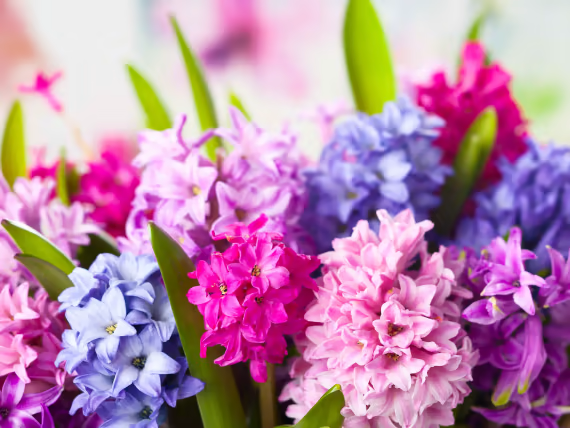
Not all herbs are equally aromatic, and some release stronger scents when touched or crushed. Here’s a list of top fragrant herbs to include:
- Lavender (Lavandula spp.): Sweet, floral scent; ideal for borders or pots.
- Rosemary (Rosmarinus officinalis): Woody, pine-like aroma; great for hedges and cooking.
- Mint (Mentha spp.): Refreshing, cool scent; grows well in containers to prevent spreading.
- Basil (Ocimum basilicum): Sweet, peppery aroma; essential for culinary uses.
- Thyme (Thymus vulgaris): Earthy, subtle fragrance; perfect for low borders and rock gardens.
- Lemon Balm (Melissa officinalis): Citrusy scent; excellent for teas and pollinator attraction.
- Sage (Salvia officinalis): Strong, herbal fragrance; complements culinary dishes.
- Oregano (Origanum vulgare): Spicy, pungent aroma; thrives in sunny spots.
- Chamomile (Matricaria chamomilla): Apple-like fragrance; ideal for calming teas.
Tip: Mix herbs with complementary fragrances to create layered scent experiences in your garden.
Designing Your Scented Herb Garden
1. Plan the Layout
- Height Consideration: Place taller herbs like rosemary and lavender at the back or center, with shorter herbs like thyme and chives at the front.
- Accessibility: Arrange herbs in rows or clusters for easy harvesting. Paths between beds make maintenance simpler.
- Companion Planting: Group herbs with similar watering and sunlight needs together. For example, Mediterranean herbs like rosemary, thyme, and oregano thrive in sunny, dry conditions.
2. Container Gardening
If space is limited, grow herbs in pots, hanging baskets, or vertical planters. Containers allow flexibility and mobility, so you can move herbs to sunny spots or closer to your patio.
3. Layered Fragrance
Combine herbs that release scent through touch, such as mint and lemon balm, with those that naturally emit aroma, like lavender and rosemary. Position fragrant herbs near walkways, seating areas, or windows to enjoy their scent with every step.
Soil and Fertilization
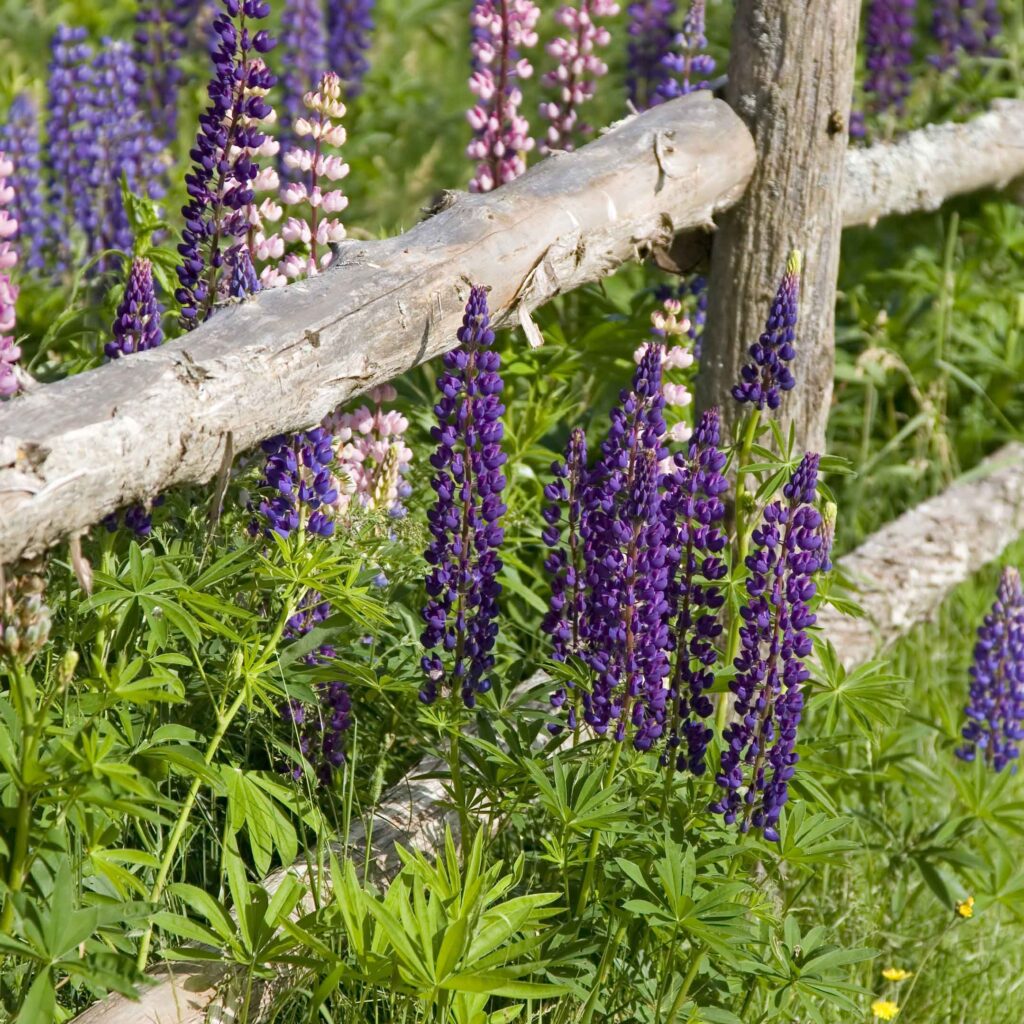
Herbs generally prefer well-drained, moderately fertile soil. Overly rich soil can reduce aroma in some herbs, such as thyme and rosemary.
- Soil Mix for Containers: Use a blend of potting soil, sand, and compost for drainage and nutrients.
- pH Requirements: Most herbs thrive in slightly acidic to neutral soil (pH 6.0–7.0).
- Fertilization: Use organic fertilizers sparingly; over-fertilizing can make herbs grow quickly but reduce essential oil content.
Watering and Maintenance
Herbs thrive on regular care but don’t need excessive watering:
- Watering Frequency: Water when the top inch of soil feels dry. Overwatering can cause root rot.
- Pruning: Regularly trim herbs to encourage bushy growth and prevent flowering, which can reduce aroma.
- Mulching: Apply a thin layer of mulch to conserve moisture and regulate soil temperature.
Enhancing Fragrance

To maximize aroma in your herb garden:
- Harvest Regularly: Frequent trimming encourages new growth, which often has a stronger scent.
- Crush Leaves Gently: Crushing releases essential oils and intensifies fragrance.
- Choose Peak Season: Herbs are most aromatic just before flowering. For example, cut basil before it blooms to capture the strongest scent.
- Sun Exposure: Most fragrant herbs release more oils under full sunlight.
Companion Benefits
A scented herb garden offers more than just aroma:
- Pollinator-Friendly: Bees, butterflies, and hummingbirds are attracted to herbs like lavender, chamomile, and basil.
- Natural Pest Deterrent: Strong-smelling herbs such as mint, rosemary, and thyme can repel unwanted pests like mosquitoes, aphids, and cabbage moths.
- Culinary and Medicinal Uses: Fresh herbs enhance cooking, teas, and homemade remedies.
Seasonal Considerations
- Spring and Summer: Most herbs grow actively; regular watering and pruning are essential.
- Fall: Harvest mature leaves before frost; consider bringing tender herbs indoors.
- Winter: Hardy herbs like rosemary, thyme, and sage can survive mild frost outdoors. Container-grown herbs can be moved indoors or to a protected area.
Indoor Scented Herb Garden
Even without a backyard, you can enjoy a fragrant herb garden indoors:
- Window Placement: South-facing windows provide ample sunlight.
- Grow Lights: LED grow lights supplement natural light during winter or low-light conditions.
- Potting Mix: Use well-draining soil and ensure containers have drainage holes.
- Humidity and Airflow: Indoor herbs benefit from occasional misting and good air circulation.
Herbs like basil, chives, mint, and parsley thrive indoors and fill your home with fresh aroma year-round.
Conclusion
Creating a scented garden full of fragrant herbs is both an art and a science. With careful selection, proper layout, and thoughtful care, you can cultivate a space that delights the senses, enhances meals, and supports a healthy garden ecosystem.
From lavender and rosemary to mint, basil, and chamomile, each herb contributes its unique fragrance, flavor, and charm. By combining herbs that bloom, release essential oils, and repel pests naturally, you create a garden that is functional, beautiful, and aromatic.
Whether in a backyard bed, a balcony container, or an indoor windowsill, your scented herb garden offers a sanctuary of smell, flavor, and wellness. Start small, experiment with varieties, and enjoy the sensory delight of a garden that engages your nose, taste buds, and eyes—every single day.
